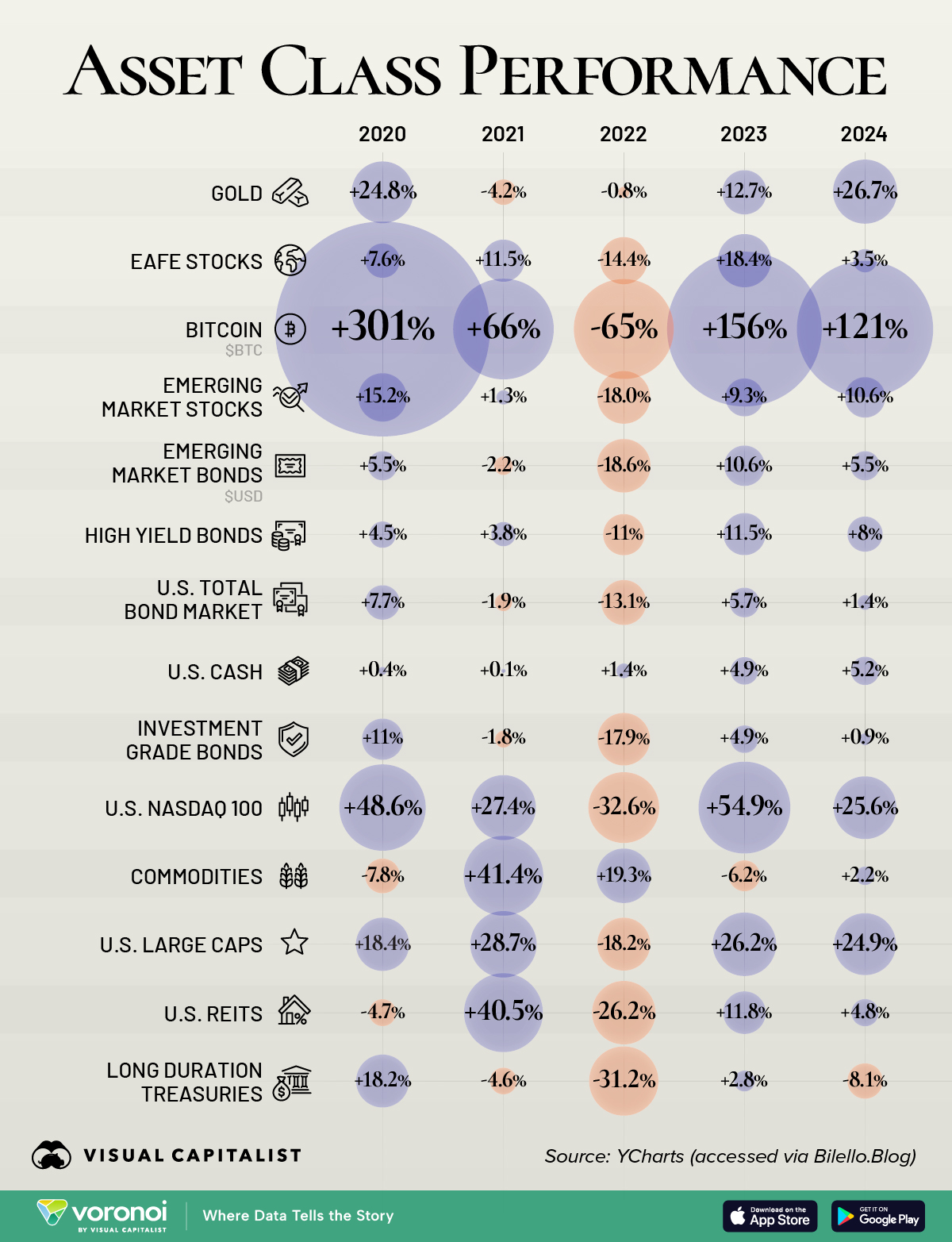My kids are getting older. In fact, not only are they both adults, but they're both married. Father's Day looks a little different than it used to.

As I look back, I realize that there was an investment I made that paid off in a big way, and I want to share it with you.
Like many parents, I wanted to teach my children that, to a large extent, they control what happens to them. One of the first ways I did that was to set up a "compensation system" for them to earn video games.
Some parents try to limit the amount of time their kids spend watching TV or playing video games. I tried something different. Instead, my kids earned their games by reading books. Here is a photo from way back then.
Paid With Play.
Here's how it worked. When they were younger, 10 books were enough to earn a small game. When they finished a book, it was their right, and my obligation, to take them to the bookstore for us to pick up the next book together. Likewise, when they finished the requisite number of books, it was their right, and my obligation, to take them to the computer store or game store for them to choose any game they wanted.
When they finished a hundred books, they got a bonus of earning the next game system. That meant if they had a Nintendo, they could now also get a PlayStation 3 or Xbox 360.
How Can You Encourage a Jump to the Next Level?
There came a point when I wanted one of my sons to start reading grown-up books. He was comfortable reading a certain type of book, and didn't want to read the kind of books that I read. So, I created a bonus system that counted a particular book as three books. I didn't force him; I just let the easier path to a reward "whisper" in his ear what to read. Once he finished that, he never went back to teen fiction.
It Is a Great Way to Learn About Your Kids.
I also used the bookstore visits to gauge how the boys were doing. For example, I might say, "I notice that you read five books in that series, maybe you'd like this book". Or, "That sure is a lot of science fiction; what was the last biography you read?" For the most part, though, I didn't care what they read. The key was to get them to want to choose certain books for their own reasons. Ultimately, their preference meant they were learning to love reading.
It Puts Them In Control of Their Destiny and Rewards.
My younger son likes competition. He also broke or misplaced many things. So, to earn back the Game Boy unit he lost, I challenged him to read five books in five days. These weren't easy books either. It was designed to stretch him, and also to teach him that he could read a book a night. The bet was that he either finished all the books in the allocated time, or none of them counted towards games or Game Boys. On the other hand, if he read a book a night for two weeks, not only would he get his Game Boy back, but the books would also count towards a game. It worked like a charm, and we were both happy.
So, Who Got the Better Bargain?
As they started to get into their teenage years, I needed to up the ante a little. So, 500 books meant they got a laptop of their choice. Both boys cashed in, and probably felt like they were taking advantage of their dad.
I got what I wanted, though; both my boys love reading, and know that they can accomplish anything they put their minds to … one step at a time.
Here is a recent picture of us. All of us love reading ... and none of us needs diapers.
Speaking of diapers, I've leveled up to become a grandfather. Watching my oldest become a father is the ultimate dividend.
I still remember my father joking with me to be careful of what I said about him, because I would have kids who would do the same to me.
Watching my granddaughter grow, explore, and enjoy the world is an incredible blessing.
Plus, I know Karma is a Bitch. ... wait till she starts using everything she's learned against him.
It is part of the cycle of life ... just like diapers.




My Artificial Intelligence Journey
Time seems to go faster as I get older. Likewise, technology seems to be advancing faster than ever, too.
Take AI as an example... even though I've been involved in this field for many years, I'm surprised by how rapidly it's improving now.
I suspect that part of the surprise comes from comparing the current pace of change to my memories of how long it took to improve in the past. Even though I had a sense of the quickening, the thing about exponential technologies is that there's a tipping point ... and clearly we're past that point on the curve.
I'm often met with surprise when I talk about my AI journey ... because it began in 1991, when it was still hard to spell AI.
Looking back, it makes a lot more sense to me than it did as I was moving through it. Here is a video about that journey and what it means for you and your future.
Click here to view the transcript of the video.
Looking back on my life and career, one could argue that I got my start in AI with my most recent company, Capitalogix, which was founded over 20 years ago. Or, perhaps, we could go back further and say it started with my previous company, IntellAgent Control (which was an early AI company, focused on the creation and use of intelligent agents). By today's standards, the technology we used back then was too simple to be considered AI, but at the time, we were on the cutting edge.
Maybe we should go further back and say it started when I became the first lawyer in my firm to use a computer ... or was it when I first fell in love with technology?
The truth is ... I've spent my whole life on this path. My fascination with making better decisions, taking smarter actions, and getting better results probably started when I was two years old (because of the incident discussed in the video).
Ultimately, the starting point is irrelevant. Looking back, it seems inevitable. The decisions I made, the people I met, and my experiences ... they all led me here.
However, at any point in the journey, if you asked, "Is this where you thought you'd end up?" I doubt that I'd have said yes.
I've always been fascinated by what makes people successful and how to become more efficient and effective. In a sense, that's what AI does. It's a capability amplifier.
When I transitioned from being a corporate securities lawyer to an entrepreneur, Artificial Intelligence happened to be the best vehicle I found to do that. It made sense then, and it makes sense now.
Like most things in life, it's easy to see the golden thread looking backwards, but it's a lot harder to see projecting forwards.
I wouldn't have it any other way. It certainly keeps things interesting.
Onwards!
Posted at 04:01 PM in Business, Current Affairs, Gadgets, Healthy Lifestyle, Ideas, Market Commentary, Personal Development, Science, Trading, Trading Tools, Web/Tech | Permalink | Comments (0)
Reblog (0)